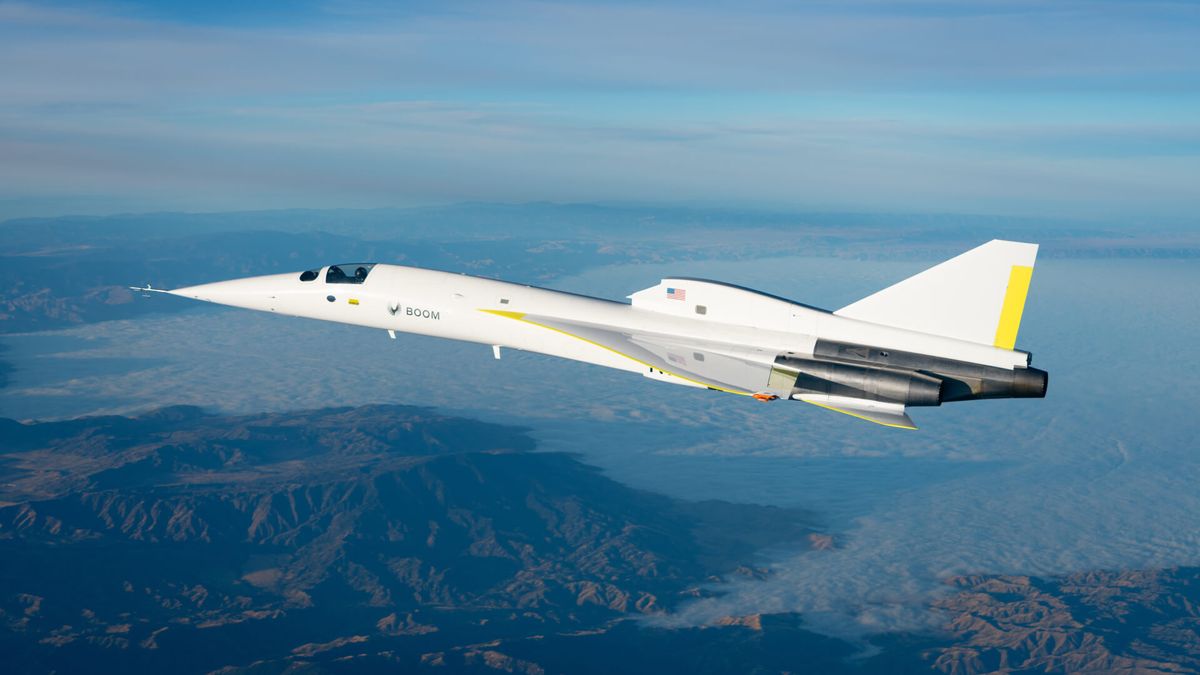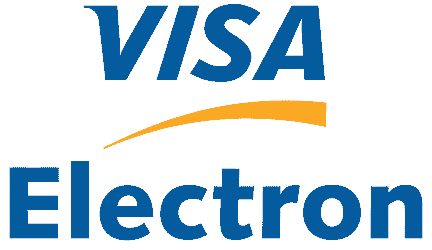A small prototype jet has broken the sound barrier, making it a possible successor to Concorde more than two decades after the iconic aircraft disappeared from our skies.
The test flight might have come “years later than expected and lasted just 12 minutes”, said The European, but it could herald the return of supersonic travel, halving some commercial journey times.
What happened to Concorde?
The era of supersonic commercial flying “came to an abrupt end” in 2003 with the retirement of Concorde, said the Financial Times. The revolutionary aircraft’s high fuel consumption made it “extremely expensive” to operate and its “loud noise” limited it to only transatlantic routes.
Subscribe to The Week
The Week provides readers with a wide range of perspectives from 200 trusted news sources.
Try 6 Free Issues
Sign up for The Week’s Free Newsletters
From our daily WeekDay news briefing to an award-winning Food & Drink email, get the best of The Week delivered directly to your inbox.
From our daily WeekDay news briefing to an award-winning Food & Drink email, get the best of The Week delivered directly to your inbox.
The entire fleet was grounded following a fatal crash in July 2000 and then the wider slump that followed the 9/11 attacks the following year proved to be “the final straw” for Concorde, which was officially retired.
How fast can it go?
The scaled-down prototype, nicknamed the ‘Baby Boom’, broke the sound barrier for the first time during a test flight over the Mojave Desert in California in late January. The small jet, officially called XB-1, reached an altitude of 35,000 feet before accelerating to Mach 1.1 (844mph) – “10% faster than the speed of sound”, said Sky News.
Boom Supersonic, the Colorado-based company that made the jet, hailed its test flights as a major milestone towards the return of supersonic air travel. Founder and CEO Blake Scholl said he hopes now to “bring the benefits of supersonic flight to everyone”, predicting that the market for supersonic passenger jets could be “easily over 1,000 aircraft”.
When might it carry passengers?
The XB-1 is a small prototype. It’s 63 feet long, which is about one-third the size of Overture, the supersonic commercial airliner the company hopes to make. Overture is intended to seat between 64 and 80 passengers and travel at speeds of up to Mach 1.7.
That could allow the aircraft to “halve some flight times”, said the Financial Times, making trips between London and Miami in just under five hours. Designed to fly more than 600 routes around the world, it’s already been pre-ordered 130 times by industry giants such as American Airlines, United Airlines and Japan Airlines.
It would be built using new materials such as carbon fibre and would be more fuel-efficient than Concorde, said Scholl. Its engines would also be able to use sustainable aviation fuel. Boom Supersonic hopes to begin carrying passengers on Overture as early as 2029 and expects to charge around $5,000 for a seat.
But the project has faced scepticism in the industry for some time. Overture “is a paper aeroplane right now”, Kevin Michaels, managing director of AeroDynamic Advisory, told the Financial Times in 2022. There are “so many issues for Boom to overcome. I don’t expect to see it.”










